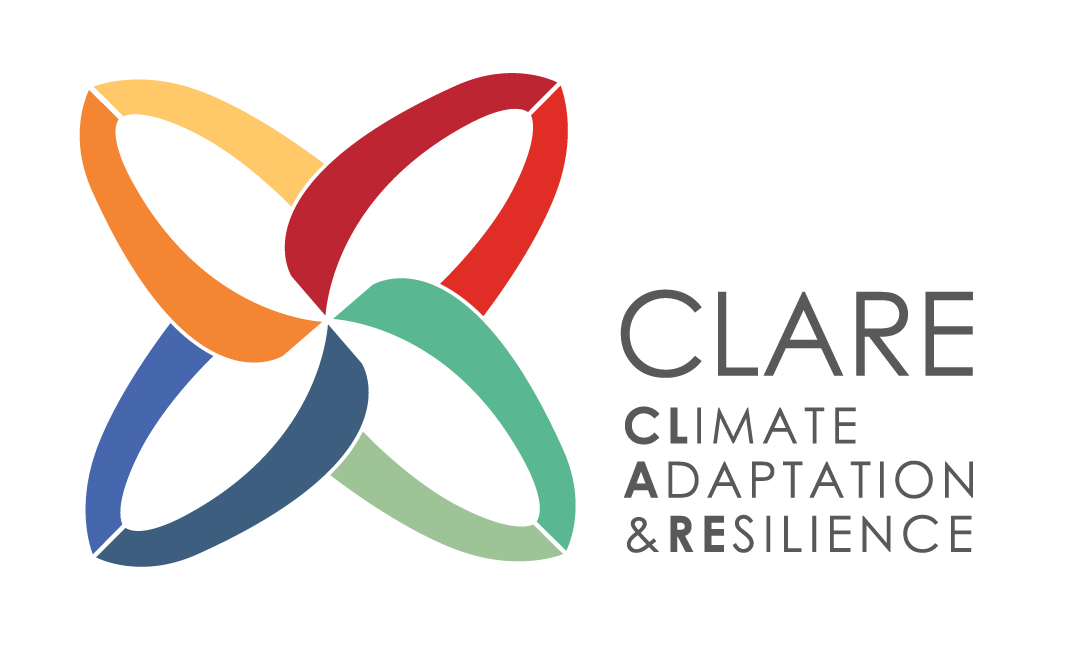Elevated fires during COVID-19 lockdown and the vulnerability of protected areas
There is little robust, quantitative information on the impacts of the COVID-19 pandemic on the extinction crisis. Focusing on Madagascar, one of the world’s most threatened biodiversity hotspots, we explore whether the cessation of on-site protected-area management activities due to the pandemic were associated with increased burning inside protected areas. We identify monthly excess fire anomalies by comparing observed fires with those predicted on the basis of historical and contemporary fire and weather data for all of Madagascar’s protected areas for every month 2012–2020. Through to 2019, excess fire anomalies in protected areas were few, short in duration and, in some years, coincident with social disruption linked to national elections. By contrast, in 2020, COVID-19 meant on-site management of Madagascar’s protected areas was suspended from March to July. This period was associated with 76–248% more fires than predicted, after which burning returned to normal. At a time when international biodiversity conservation faces unprecedented challenges, our results highlight the importance of on-site management for maintaining protected-area integrity.

